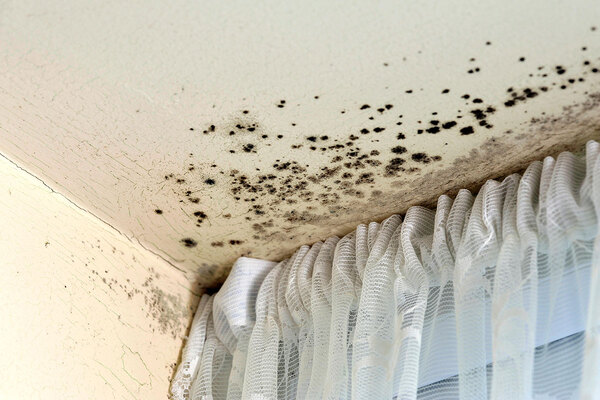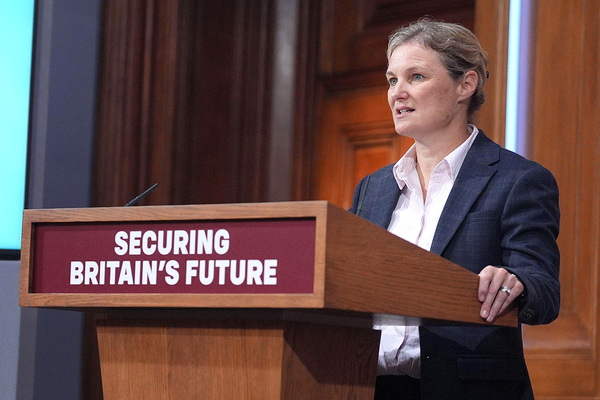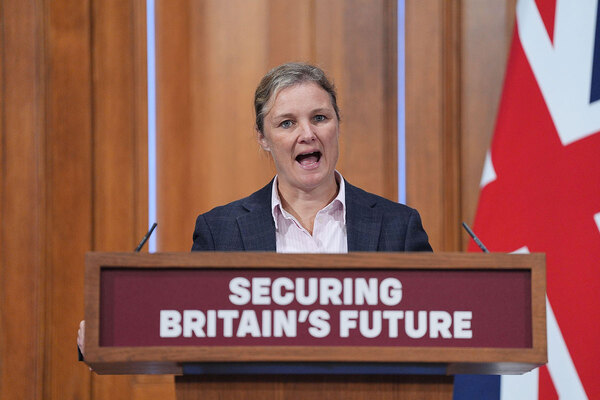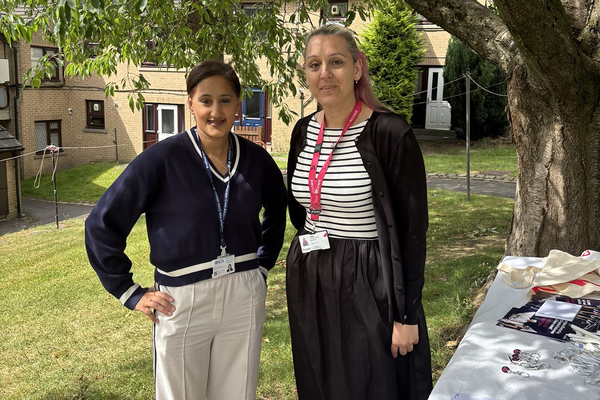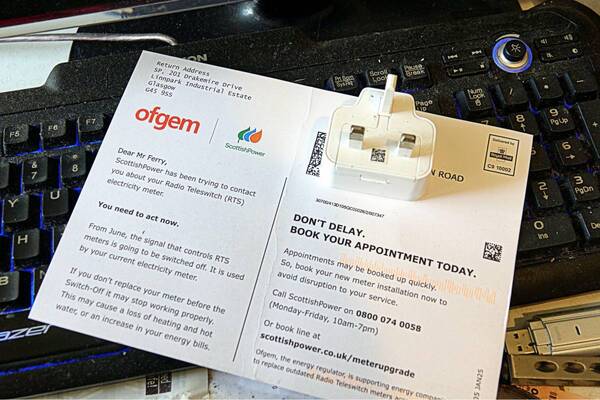Call for clarity on damp and mould as Scotland’s housing sector gears up for new indicators
The Scottish Federation of Housing Associations’ annual conference has heard why clarity is needed on what damp and mould is “reportable”, as data on new indicators is collected.
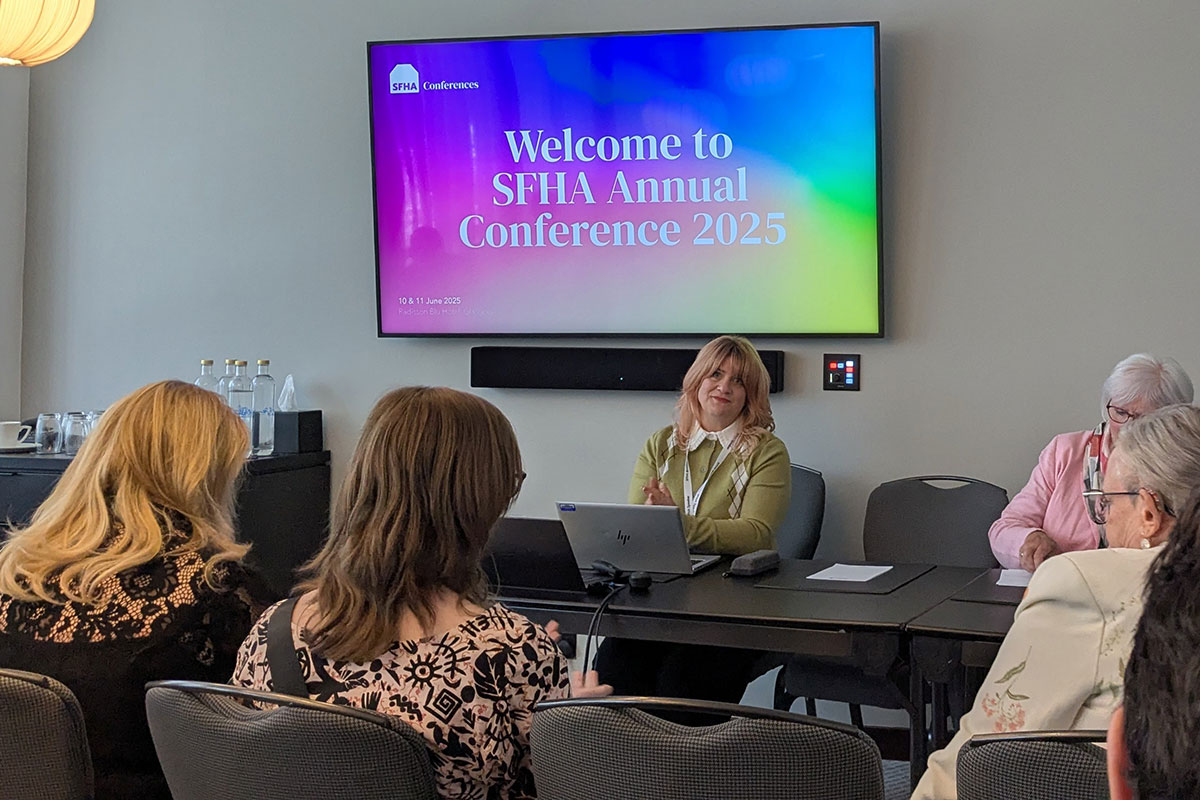
Graeme Reid, managing director of JMP surveyors, put the question to Nicola Harcus, assistant director of regulation at the Scottish Housing Regulator (SHR), at a breakout session this week.
Mr Reid, whose company carries out a “significant number” of stock condition surveys across the country, said damp and mould questions were now being requested as an add-on to the surveys.
“If my surveyors recorded every single presence of any evidence of any damp, mould or [condensation] in the properties they looked at... it’s significant,” he said.
“We see condensation in properties which are solved by an application of a wet cloth across a windowsill, right up to some significant problems.
“So a little bit of clarity on the definition of what would be deemed to be considered reportable, from not just a housing association client’s point of view, but from a regulator’s point of view as well, would be useful.”
Ms Harcus said these issues were something the SHR had spoken about. She gave examples of looking at how much of a wall is covered (by mould), or whether there are health risks.
“We tried to pave a way from putting an absolute definition on it, and that’s why we looked at condensation and structural, and trying to separate it a wee bit in terms of that.
“But I can understand, from your point of view, you probably have a little bit of mould or damp in every property.
“When we come to look at the data, are we going to find that it’s really extensive, because everybody’s recording everything?”
Scotland’s social landlords must report data on 42 measures of standards and outcomes, known as Annual Return on the Charter (ARC) indicators, to the SHR every year.
Last September, a consultation was launched on updates to these measures, including, for the first time, data on responses to damp and mould.
These new indicators are: the average length of time taken to resolve cases of damp and/or mould; the percentage of resolved cases of damp and/or mould that were reopened; and the number of open cases of damp and/or mould at the end of the year.
In January, it was confirmed that all three had been introduced. However, for each one, landlords would need to say which cases were caused by condensation and which ones by structural issues.
Scotland’s social housing sector started collecting data on these measures in April and will report them to the regulator in May next year.
Another person at the session pointed out that the definition of damp and mould being used by the regulator was down to each landlord’s policy.
Mr Reid said they “just record everything at the moment with photographs, and then it’s down to landlords to decide how they use that information and how much they want to report”.
There was also a discussion about the complexity of cases where tenants are offered guidance and advice, but later appear to report the same issue, and the impact of the cost of living crisis on residents being able to heat their homes.
Ms Harcus said landlords were concerned that they were going to have many reports around condensation because of multiple return visits to potentially one property.
“I think what landlords were concerned about, even in that initial data return, [was] that the figures were going to be so high that they’re going to [be told], ‘You’re not effectively dealing with anything’. But I think it’s the context that is set around that,” she said.
“And those multiple visits to one property, I don’t think we would look at that as being an issue, because we understand some of the complexities around that.
“So don’t be too worried about submitting figures. What we’re trying to do is just establish a base. That first year will be quite interesting, to see what that base looks like, because we don’t know at the moment. It’s not something we’re going to be wanting to pull landlords up about.”
The SHR plans to review the usefulness of the new indicators after the first year of reports and may carry out a thematic review into how landlords prevent and resolve cases of damp and mould.
The changes come ahead of the introduction of Awaab’s law in Scotland through planned government amendments to the Housing (Scotland) Bill.
The amendments, confirmed in March, will give ministers the ability to bring in timeframes for social landlords to investigate disrepair and start repairs.
Sign up for our Scotland newsletter
Already have an account? Click here to manage your newsletters
Latest stories
